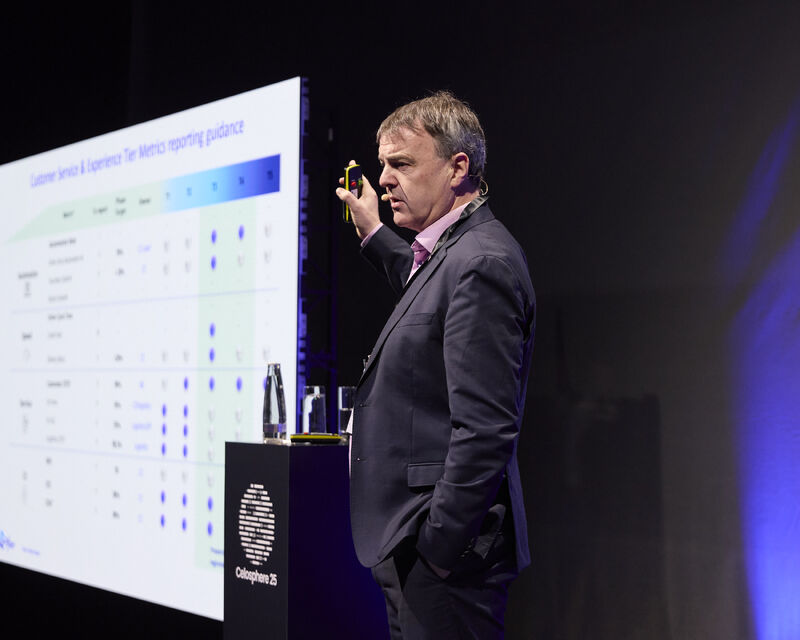Escaping the Norwegian Rain
I got the opportunity to escape the miserably wet and dark Norway for few days when we were invited to Celosphere, a three-day Process Mining conference arranged in Munich, 3-5 November 2025. With over 3,000 business and technology leaders and over 100 sessions, it's a quite impressive event, and the biggest in the world what comes to Process Intelligence.
This was my third time attending, but unlike before, I wasn't there to collect candy or company swag from partner booths, but this time I was focusing on sessions and how the usage of the Celonis has evolved in businesses.
General Impressions
This year Celosphere had fewer keynote speeches and product feature launches. Celonis Process Intelligence Graph platform has matured to a point where companies are no longer running Process Mining as pilots but are operating their solutions in full scale and expanding to new areas or processes. Certainly, there was still a lot of hype around AI, and the slogan of this year's event was "There's no AI (Artificial Intelligence) without PI (Process Intelligence)". However, the discussion was now towards optimizing RoAI (Return on AI) and whether the usage of AI was always the best strategy in realizing value from process problems that Celonis reveals.

AI Insights from Timnit Gebru
The fantastic Timnit Gebru, AI researcher, listed on Time's most influential people in 2022 and World's 50 Greatest Leaders by Fortune in 2021, gave a speech on downsides and risks of using generic (too large) LLMs (Large Language Models) in production. She suggested looking for smallest and simplest AI solutions that are better suited for specific tasks on hand. "Usually there's no need to boil the ocean", she pointed out.
As an example, it's unnecessary to use ChatGPT, Sam Altman's "magic intelligence in the sky", trained with hundreds of terabytes of data, to count oranges from a picture of an orange tree. The same task could be achieved with a small model trained with a tiny and controlled dataset with no risk of hallucination.
Highlights from Pfizer’s Presentation

Breakout sessions differed in their merits, but one of my favourites was Pfizer's presentation of their Order-to-Cash process. For them Celonis was an important component used to discover and prioritize process automation projects across their global sales divisions.
Their setup is great, as they operate in a single SAP instance and all sales teams have agreed to follow same processes (managed in a Business Process Management solution). This enables the Process Mining Centre of Excellence to benchmark and investigate root-causes for deviations effectively. Key Performance Indicators tracked in the solution are the same ones used when reviewing team performance. This leads to natural interest within the company to Process Mining and helps of course with user adaptation.
Interestingly Pfizer uses several software providers to create specific point solutions to improve automation (for instance Conexiom Order Automation Intelligence), also no Agentic AI. Pfizer is a success story that demonstrates the importance of a culture of process excellence and visionary people who know how to leverage technology for improvement.
Final Thoughts
Celosphere delivered again and I had plenty of good conversations with fellow Process Mining consultants, as well as companies that are using Celonis. Some newer features, such as Object-Centric Data Models and Action Flows, are starting to gain traction, and it’s always super interesting to hear from companies how they’re actually being used.
If you're curious to hear more about the latest developments in Process Mining, or would like to try it out with your organization, please feel free to contact us.
– Erno

